Experiencing this city, internationally recognized as a UNESCO World Heritage Site, is an absolute must for those who enjoy the ideal combination of rich history, gorgeous landscapes and delicious traditional cuisine. Below, read our suggestions for a full experience within the span of a 24-hour visit as well as suggestions for the ancient history-inclined visitor.
Morning
Begin your day with a well-made coffee and the delicious petulla (Albanian savory or sweet donuts) with feta cheese in the famous cobbled streets of this historic town. Due to its popularity, most guesthouses and hotels in Gjirokastra have retained the traditional cooking methods and, thus, serve some of the best food in the country. Our suggestions for breakfast are Hotel Kalemi and Hotel Kalemi 2, Hotel Kodra, as well as Hotel Gjirokastra.
After Breakfast
After enjoying your breakfast, the first destination in your itinerary should be the famous Castle of Gjirokastra. Plan to devote at least a couple of hours to the castle as well as the journey there and back. You will undoubtedly stop to take photos as the surrounding landscape is gorgeous!
The large castle itself extends across the 1100-foot-high hillside on which it was built during the 4th century. Testifying to nearly two thousand years of history, the castle is one of the most popular touristic sites in the country for good reason! The namesake of this castle is Argjiro, the princess of Albanian legends who, from its heights, plunged to her death in order to escape the Ottoman enemies.
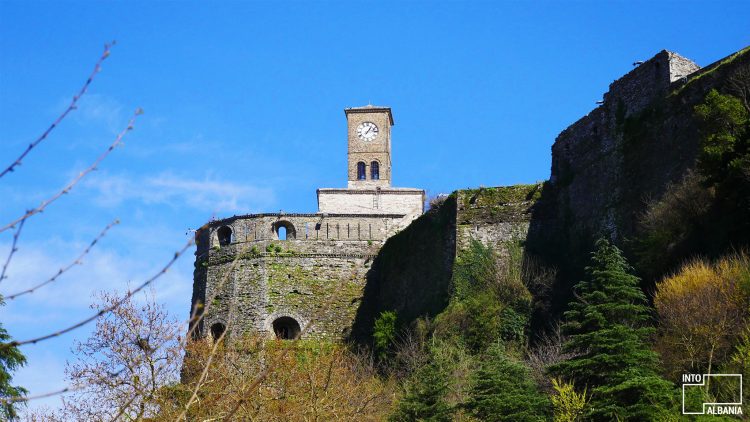
Castle of Gjirokastra, photo by IntoAlbania.
Midday
After the castle visit, descend into the old town and begin the tour of the iconic historic houses of Gjirokastra. You should absolutely visit the two houses below; however, if you are particularly interested in seeing more traditional houses, please find the full list with descriptions here.
Zekate House
Standing on a steep cliffside, the Zekate house is immediately recognizable due to its hat-shaped roof. Constructed more than 300 years ago, in the early 1800’s, this house is considered to be one of the best exemplars of Ottoman-style tower structures. The ground floor of the house is made of stone due to safety concerns while wood dominates the upper floors, or the family rooms. You will love the gorgeous frescoes on the walls, masterfully carved wooden ceilings and intricate fireplaces!
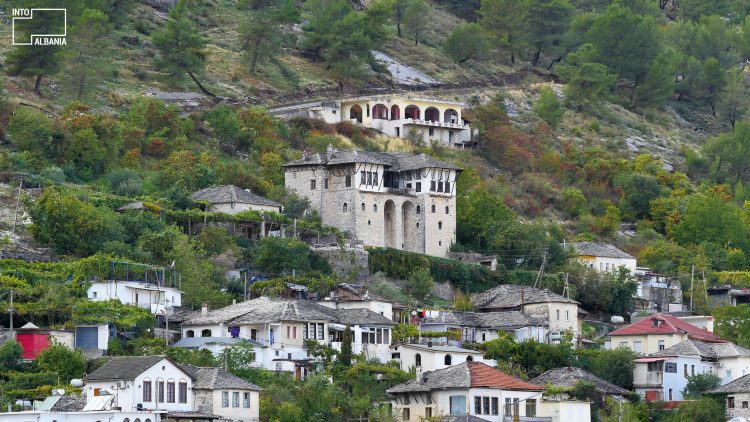
Zekate House, Gjirokastra, photo by Intoalbania.
Skendulate House
Another formidable house, also quite popular among tourists, is the over 250-year-old Skendulate House. The tall structure reflects the beautiful high ceilings you will witness inside. Here, the foundations are made of stone, as well, reaching as high as the windows of the first floor. The house boasts a total of 9 fireplaces and carved ceilings throughout, testifying to the wealth of the family who owned it.
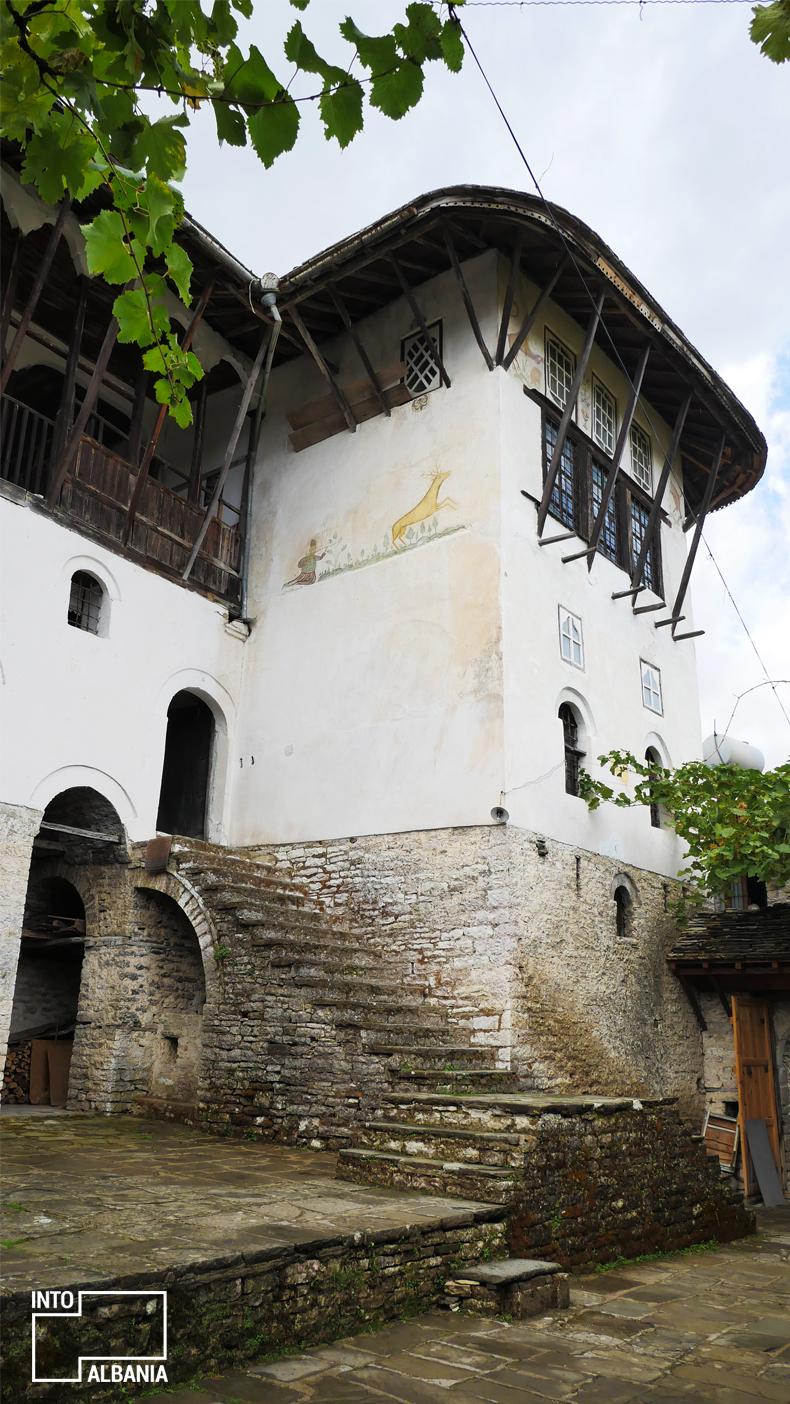
Skendulate House, photo by IntoAlbania.
Lunch
For lunch, we suggest you visit the well-known area situated at the center of the old town, known as Qafa e Pazarit (Bazaar Pass). A variety of restaurants serve similarly fabulous traditional cuisine so your choice will most likely depend on the view (or amount of shade!) you prefer.
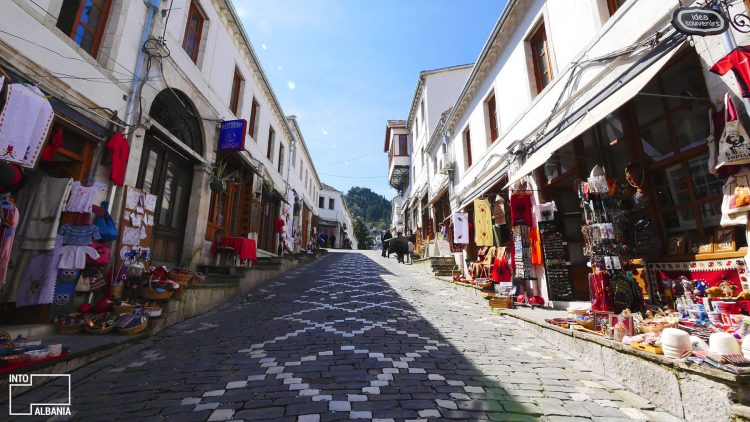
Gjirokastra Bazaar, photo by IntoAlbania.
After Lunch
This down-time would be best spent at the Ethnographic Museum, housed within the childhood home of the notorious communist leader Enver Hoxha. While, for some, the latter may represent sufficient reason to visit the place, there is plenty more fascinating material here that unravels the rich history and culture of this city. The three-story construction, built during the 19th century is found in the Palorto neighborhood, near the spookily named street “Sokaku i të Marrëve,” which translates to “Road of the Mad.”
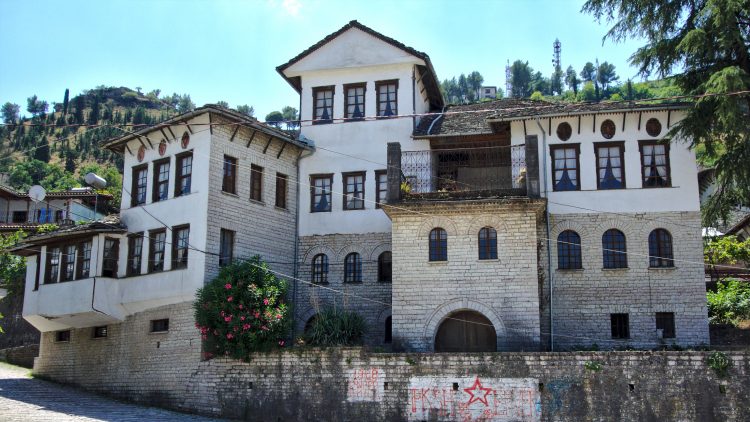
Ethnographic Museum, photo by IntoAlbania.
Evening
Not far from the Ethnographic Museum lies the house-museum of the internationally-renowned Albanian author, Ismail Kadare, candidate of the Nobel Prize in Literature. In addition to being home to Kadare’s childhood and formative years, this house is one of the oldest and most traditional ones in the “city of stone.” In order to fully immerse yourself in this visit, we suggest that you read Kadare’s masterpiece novel “Chronicle in Stone,” inspired by his life in this particular home and, as the title clearly suggests, his city of birth.
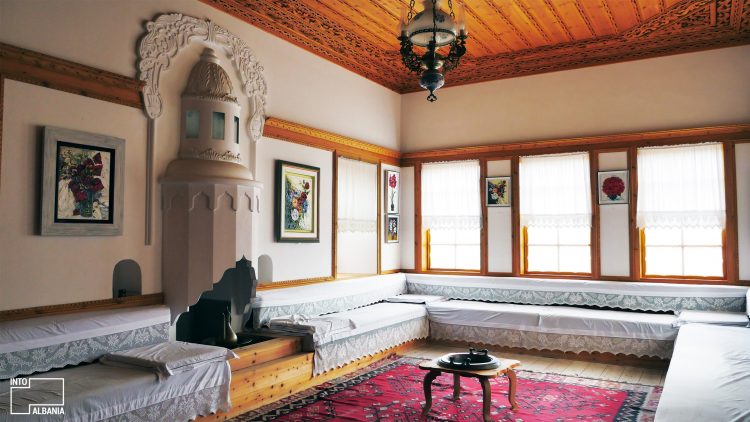
The house-museum of Ismail Kadare, photo by IntoAlbania.
After visiting the house-museum, head to the Viroi Lake, where locals spend their free time during their late evenings.

Viroi Lake, photo by IntoAlbania.
Dinner
Return to Qafa e Pazarit and take some time to get to know the famed artisans of Gjirokastra. The city is most famous for its stone masters, responsible for the iconic stone roofs of the city, woodworkers, and talented embroiders. Before heading to dinner in one of the restaurants lined up along these buzzing streets, you may stop at some of the charming souvenir shops!
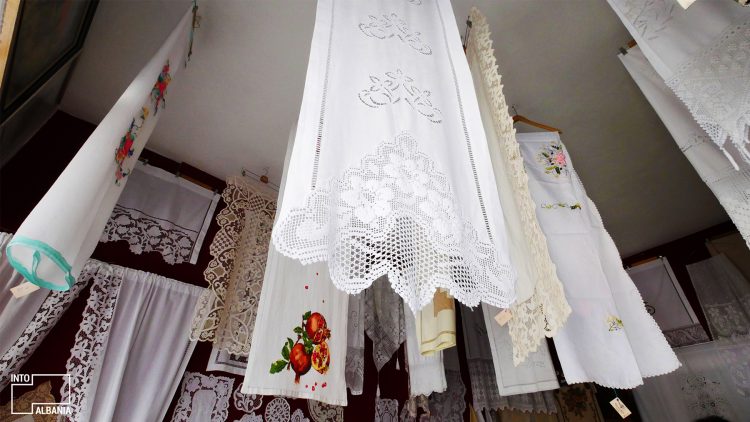
Traditional Embroidery, Old Bazaar in Gjirokastra, photo by IntoAlbania.
Other suggestions
Some of the most well-known archaeological sites in Albania are located around Gjirokastra. For an extended stay, we would suggest to visit one or both of the ones below on the second day of your visit. However, one of them can also be squeezed in the afternoon of the same day for those who absolutely love ancient ruins.
Antigonea
The Archaeological Park of Antigonea was once an Illyrian city founded by the famous Pyrrhus of Epirus in honor of his wife, Antigonea. Its ruins are found uniformly scattered around beautiful meadows, located only a 40-minute drive from Gjirokastra. Sundown hours are the most ideal for witnessing this site in its full glory!
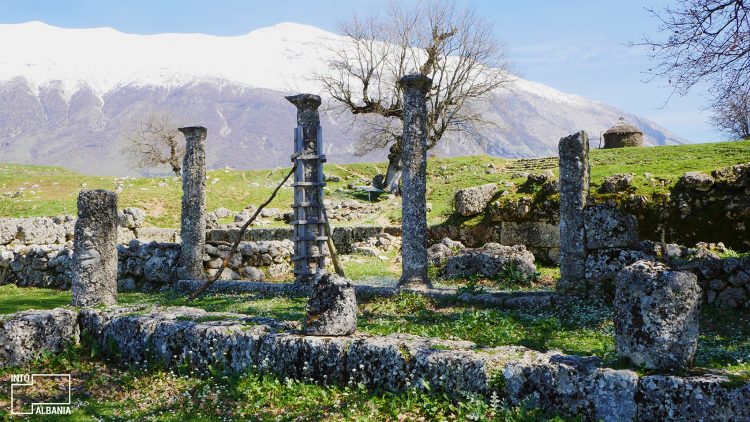
Archeological Park of Antigoena, Gjirokastra, photo by IntoAlbania.
Hadrianopolis
This ancient city of the Roman period is situated along the Drino valley, near the village of Sofratika, only a few kilometers from Gjirokastra’s city center. The Hadrianopolis theatre is part of the Antigonea Park and is considered one of the most valued sites of cultural heritage. A quick stop may be worth your while!









